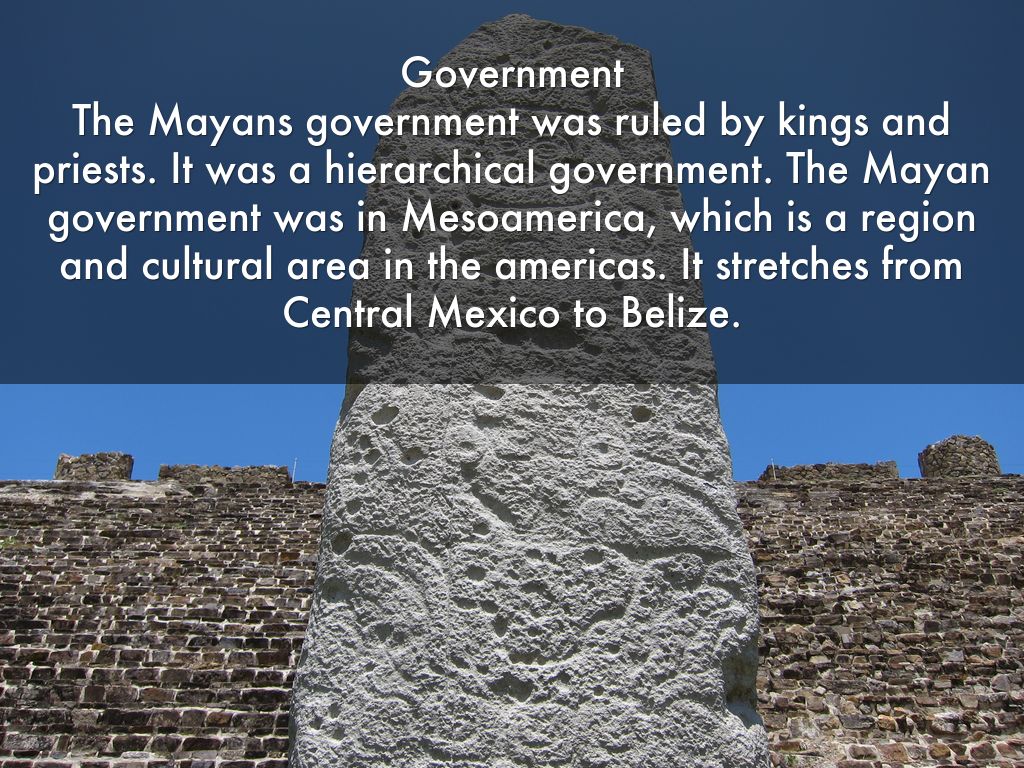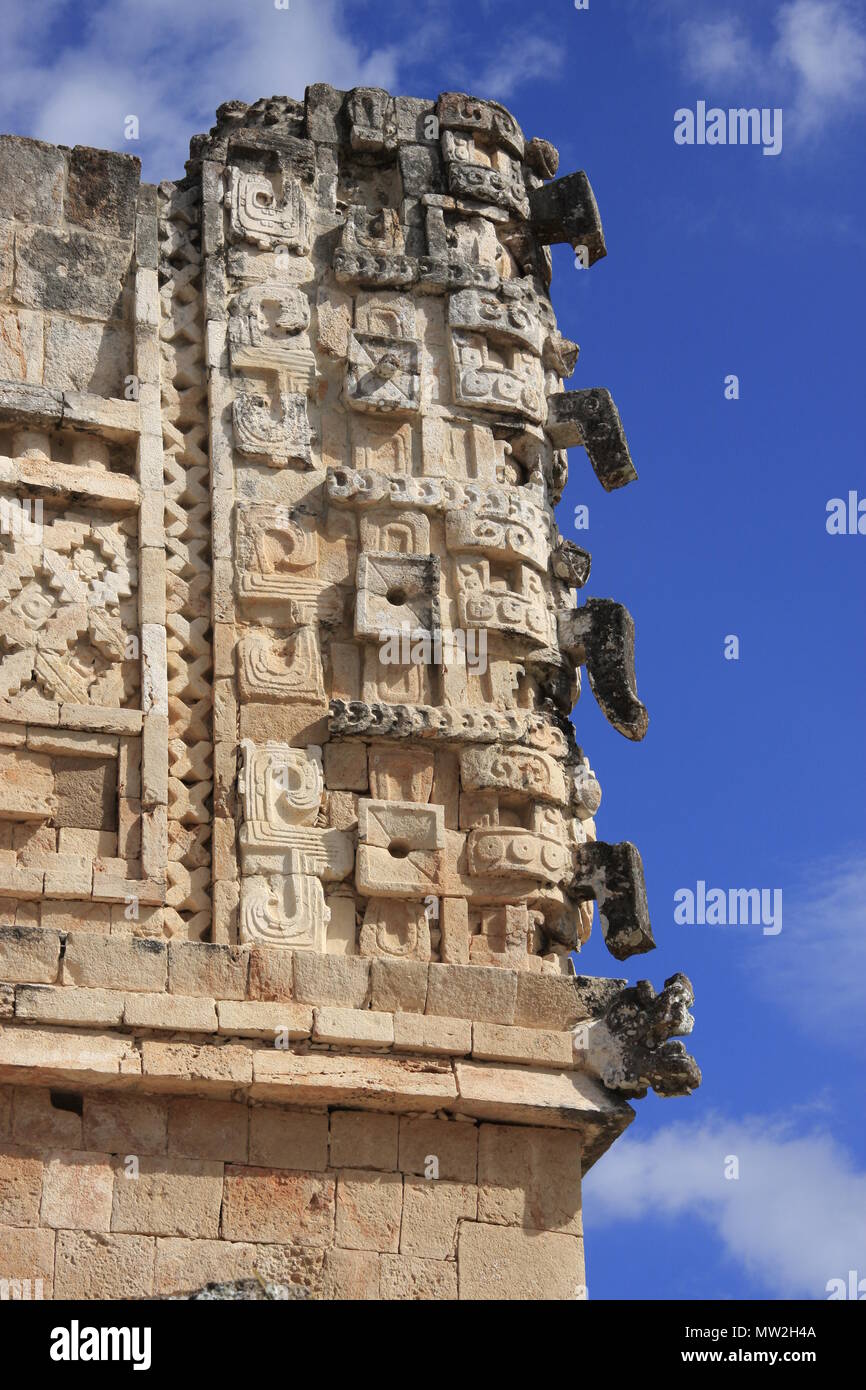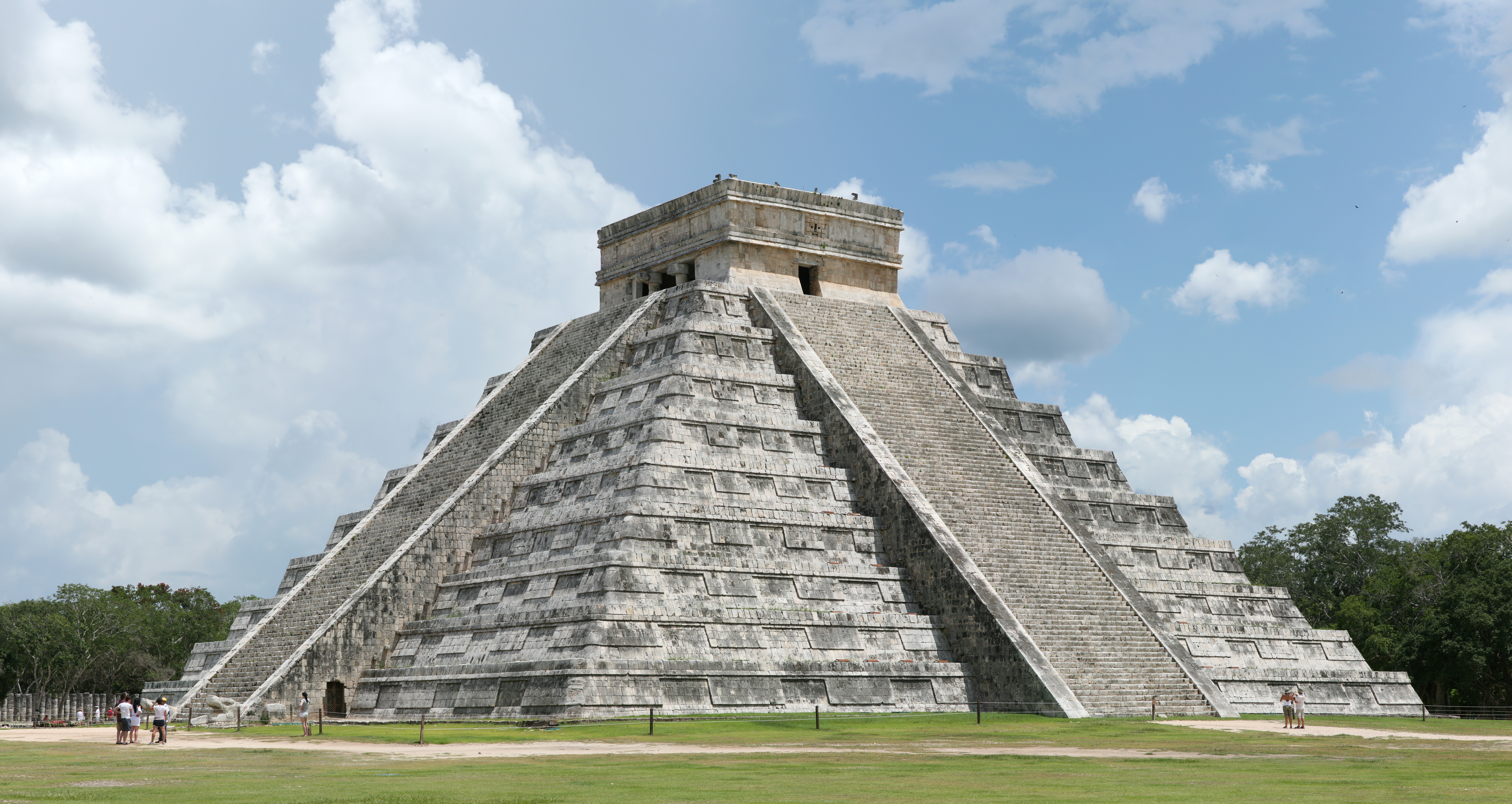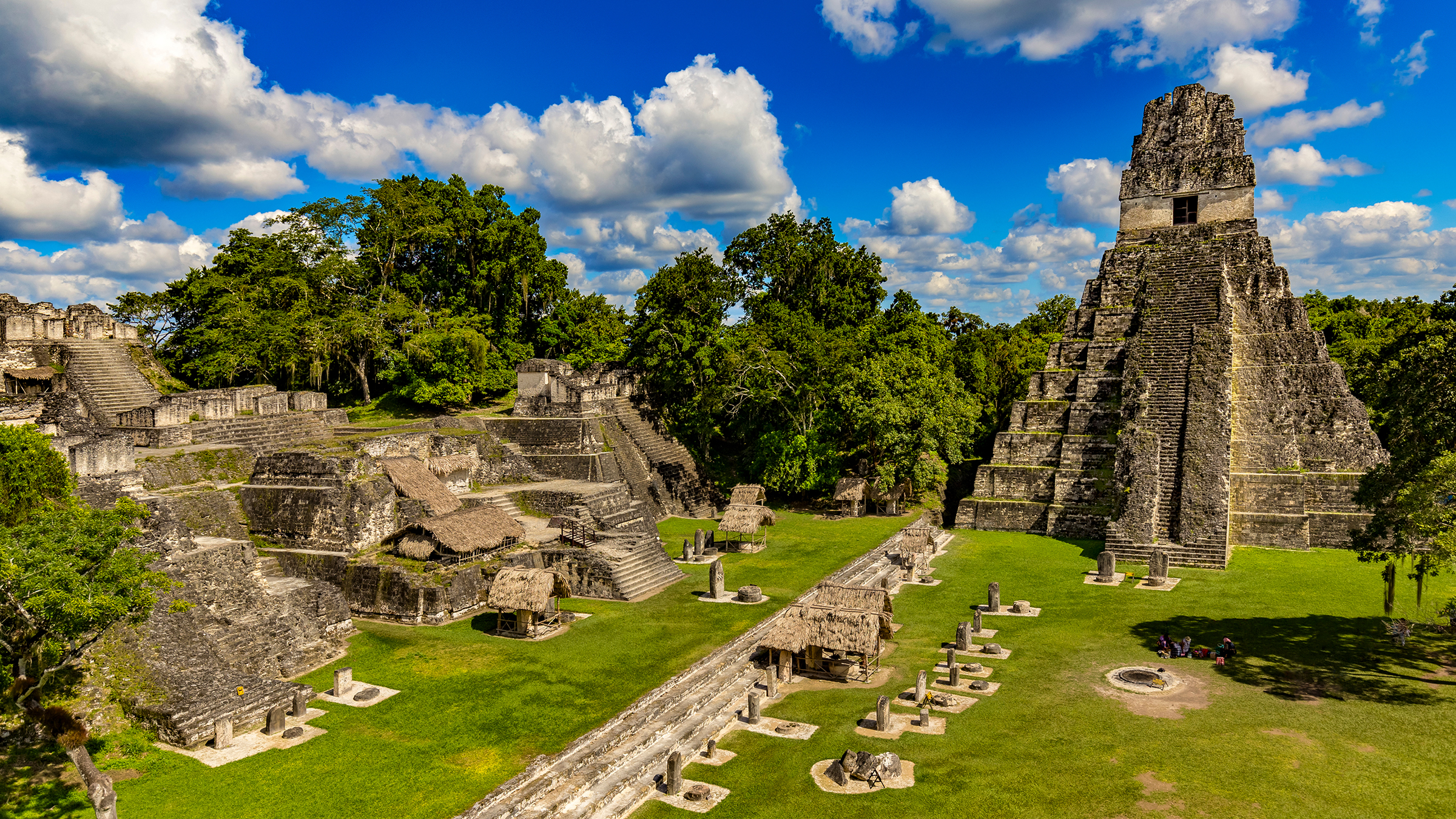The Mayan civilization, which flourished in Mesoamerica (modern-day Mexico and Central America) between approximately 2000 BC and 1500 AD, had a complex and sophisticated system of government.
At the top of the Mayan political hierarchy was the ruler, or "ajaw," who was believed to be a divinely appointed leader and the intermediary between the gods and the people. The ajaw was responsible for making important decisions, leading the military, and overseeing the administration of justice.
Below the ajaw were the nobles, or "k'uhul ajaw," who were members of the ruling class and held positions of power and influence. These nobles were responsible for carrying out the policies of the ajaw and administering local government.
The Mayan society was divided into city-states, each with its own ruler and governing council. These city-states were often at odds with each other, and wars and conflicts between them were common. However, the Mayans also had a system of diplomacy and alliances, and they were known to engage in trade and cultural exchange with one another.
In addition to the rulers and nobles, the Mayan government also included a class of officials and scribes who were responsible for record-keeping and the administration of justice. The Mayans had a complex legal system that included both civil and criminal courts, and they used a combination of written and oral traditions to resolve disputes and punish offenders.
The Mayan government was also supported by a large class of farmers, artisans, and merchants, who paid taxes and provided labor and resources to support the ruling class. These people had less political power and influence, but they played a crucial role in the functioning of the society.
Overall, the Mayan government was a highly centralized and hierarchical system that was based on a combination of divine authority and earthly power. While it was not a democracy in the modern sense, it allowed for a degree of participation and representation among the different classes and factions within Mayan society.
Mayan Government
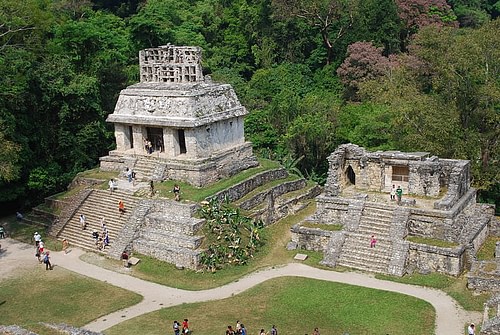
The Mayan government structure consisted of a hierarchical system consisting of representatives of the nobility and the priesthood and dependent on slavery. The lords alone were military commanders, and each lord and inferior official had for his support the produce of a certain portion of land which was cultivated in common by the people. Sometimes they would shave the person's head as this was considered a sign of shame. As a result, religious ceremonies, as well as military actions, were held. The east is where the sun rises and it is associated with birth because of the Maya belief that the sun is born daily from the east. While the Maya did not have a formal democracy, they did have a system of government that allowed for popular participation in the affairs of state. Coe, The Maya, London: Thames and Hudson, 6th ed.
Mayan Economy: Subsistence, Trade, and Social Classes
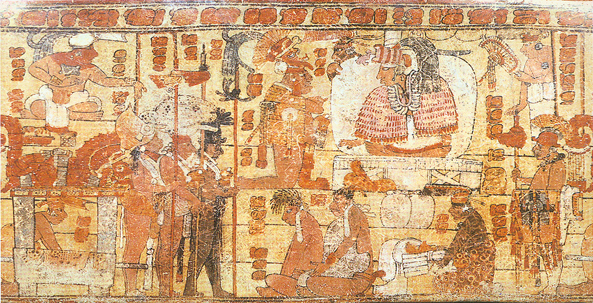
The Maya were able to achieve this level of sophistication because of their highly developed system of writing, which allowed them to record and communicate their thoughts and ideas. At its height, Mayan civilization consisted of more than 40 cities, each with a population between 5,000 and 50,000. Acculturation in the Americas. He brought the needed rains for the people, but also produced floods, threatening lightning, and behaved much like a wild storm. The earliest temples were probably thatched huts built upon low platforms.
What was the Mayan government?

When a king or queen would ascend to the throne and a political prisoner had been captured, they would commemorate the life-altering event with a human sacrifice. Often the Maya would wear or include ornaments such as staffs, spears, rattles, scepters, and even live snakes as dance aids. A full long count date consisted of an introductory glyph followed by five glyphs counting off the number of bakʼtuns, katʼuns, tuns, winals, and kʼins since the start of the current creation. Crimes such as murder, arson, and acts against the gods were often punished with death. PDF on 15 September 2011.

